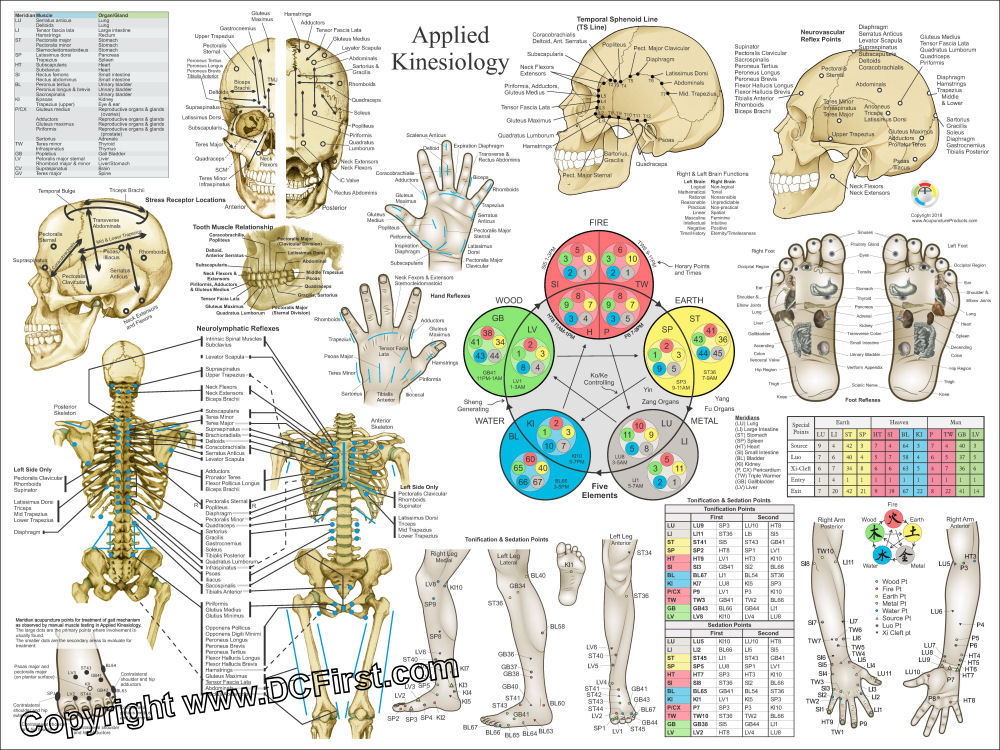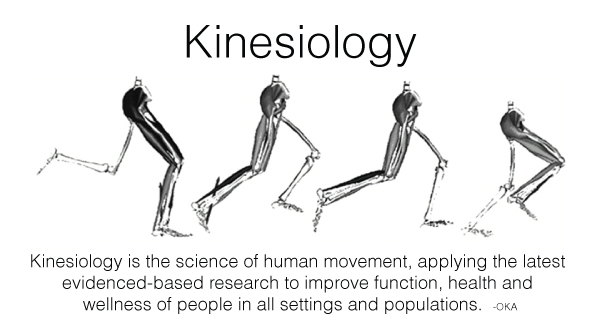
In the 20th century, it was first found and used to test polio patients’ muscle weakness. In 1949 two physiotherapists, (Kendall and Kendall), used it to test neuromusculoskeletal conditions. 15 years after that discovery, George Goodheart developed a technique that didn’t only test the muscles alone, but figured out how the nervous system controlled the muscle function. He was the founder of the practice that over 40% of all chiropractors use today. Later his technique emerged into a different kind of style that is used by millions of practitioners all over the world.1
Kinesiology is related the to one of the principles of Isaac Newton:
“For every action in nature, there is an equal and opposite reaction.”2
Applied Kinesiology utilizes this principle in the human body. If there is stress or abnormal nervous system input in the body, a muscle will go weak when tested. The same thing applies to testing without using the patients’ muscles, but with the practitioner using a belt or their hand to test without touching the patient. The non-touch concept is the same but when a belt or hand that the practitioner uses, it will “stick” or “slide” which means that there is a weakness.
This type of testing is based on the theory that various muscles are linked to particular organs and glands, and that specific muscle weakness can signal distant internal problems such as nerve damage, reduced blood supply, chemical imbalances, other organ or gland problems. Applied Kinesiology can also evaluate nutritional needs and supplementation, and identify allergies.3
There have been several studies testing Applied Kinesiology. The first study in 2013 tested if there was validity to kinesiology. In this study, they had two kinesiologists and one person who wasn’t a kinesiologist test a set of vials on participants. The vials were diluted saline, except for one vial that was hydrochloride which is a toxic solution. The results found in this study are that the kinesiologists found with significant accuracy which vial was toxic.4
The second study showed that when testing with applied Kinesiology with true or false statements that when the participant said a false statement that their arm went weak.5
Another study found that experienced kinesiologists found 98% accuracy in muscle strength.6
Yet another study took students with phobias and recorded a baseline, pre-intervention, and postintervention of their pulse. It was found, that the students that got their spines manipulated significantly decreased the intensity of emotional arousal reported by phobic subjects.7
The last study tested if kinesiology could find if participants were allergic to certain foods. The conclusion was found, that the practitioners were able to predict with 90% accuracy the allergies.8
So if you don’t believe in kinesiology now go look at the research yourself. If that still doesn’t convince you go test it on a friend by asking them yes or no statements that are false or true and see if their muscles go weak or hold strong.

Sources
- https://theconversation.com/muscle-testing-kinesiology-panacea-or-placebo-11075
- https://www.healthline.com/health/muscle-testing
- https://www.drweil.com/health-wellness/balanced-living/wellness-therapies/applied-kinesiology/
- https://www.sciencedirect.com/science/article/abs/pii/S1550830713003418?via%3Dihub
- https://pubmed.ncbi.nlm.nih.gov/10407911/
- https://pubmed.ncbi.nlm.nih.gov/11065332/
- https://pubmed.ncbi.nlm.nih.gov/9436145/
- https://pubmed.ncbi.nlm.nih.gov/10069623/